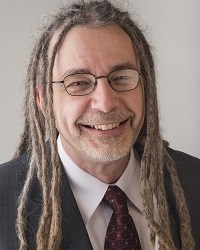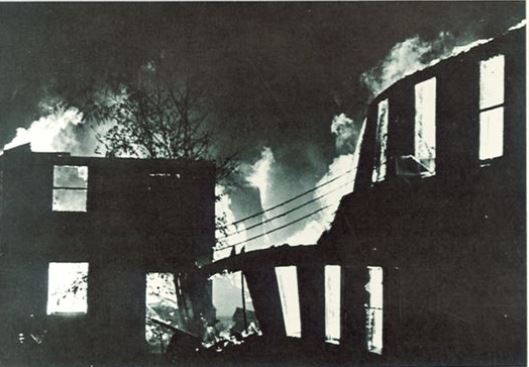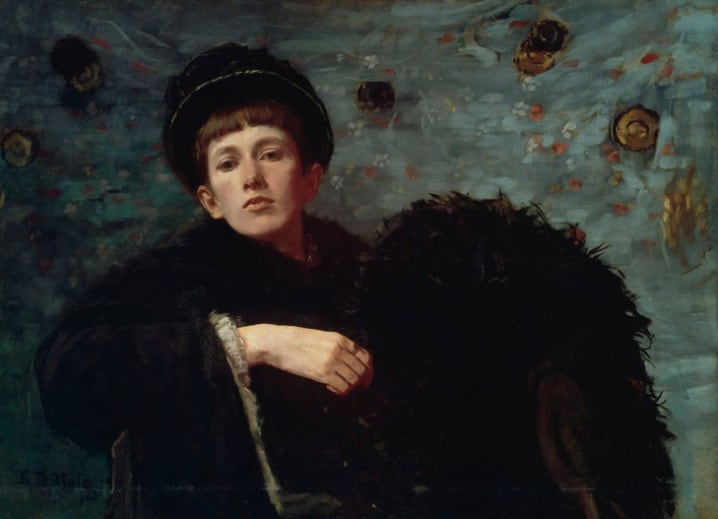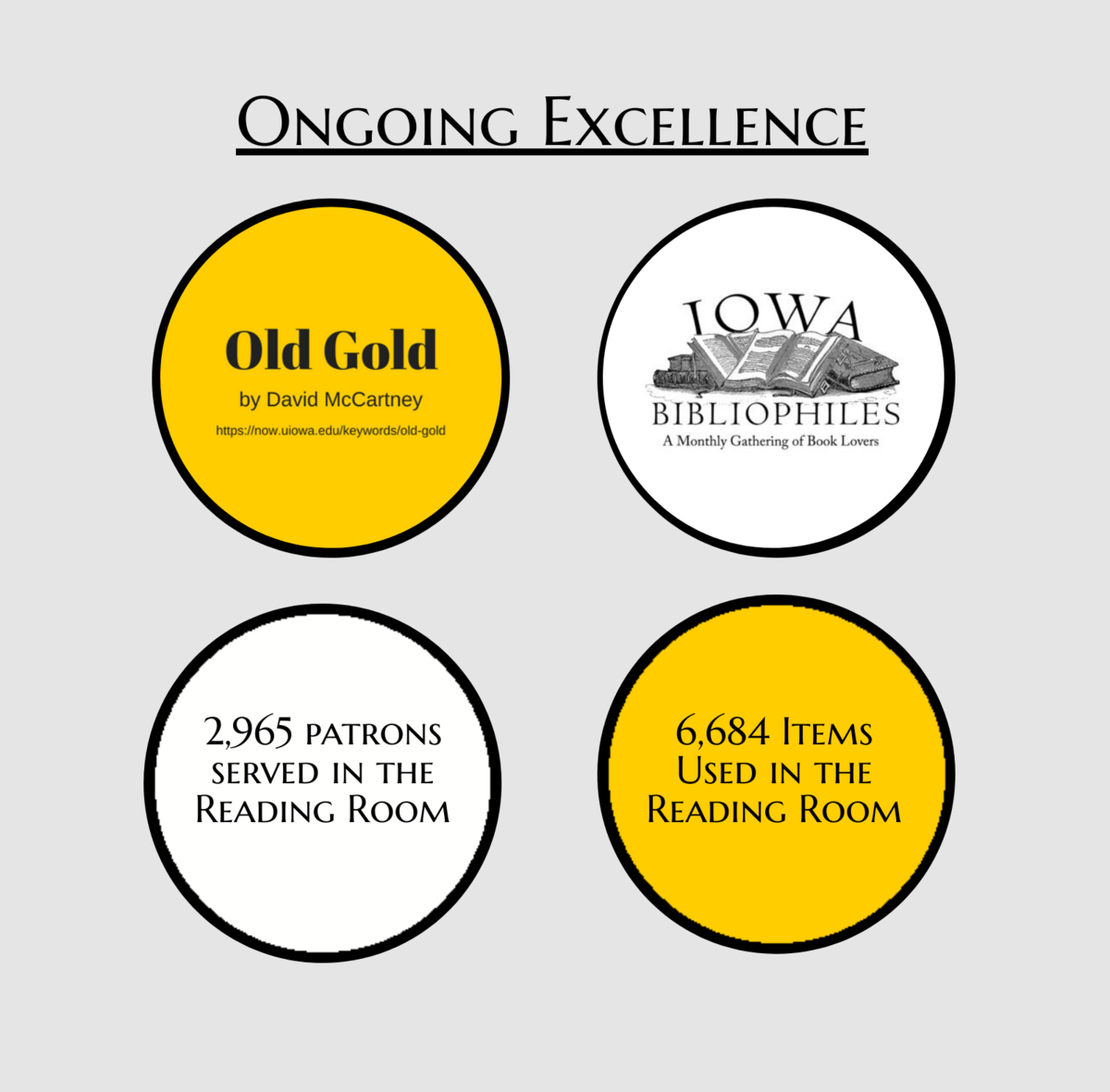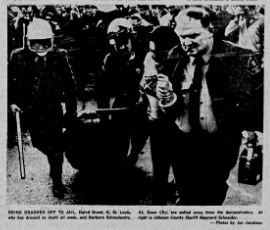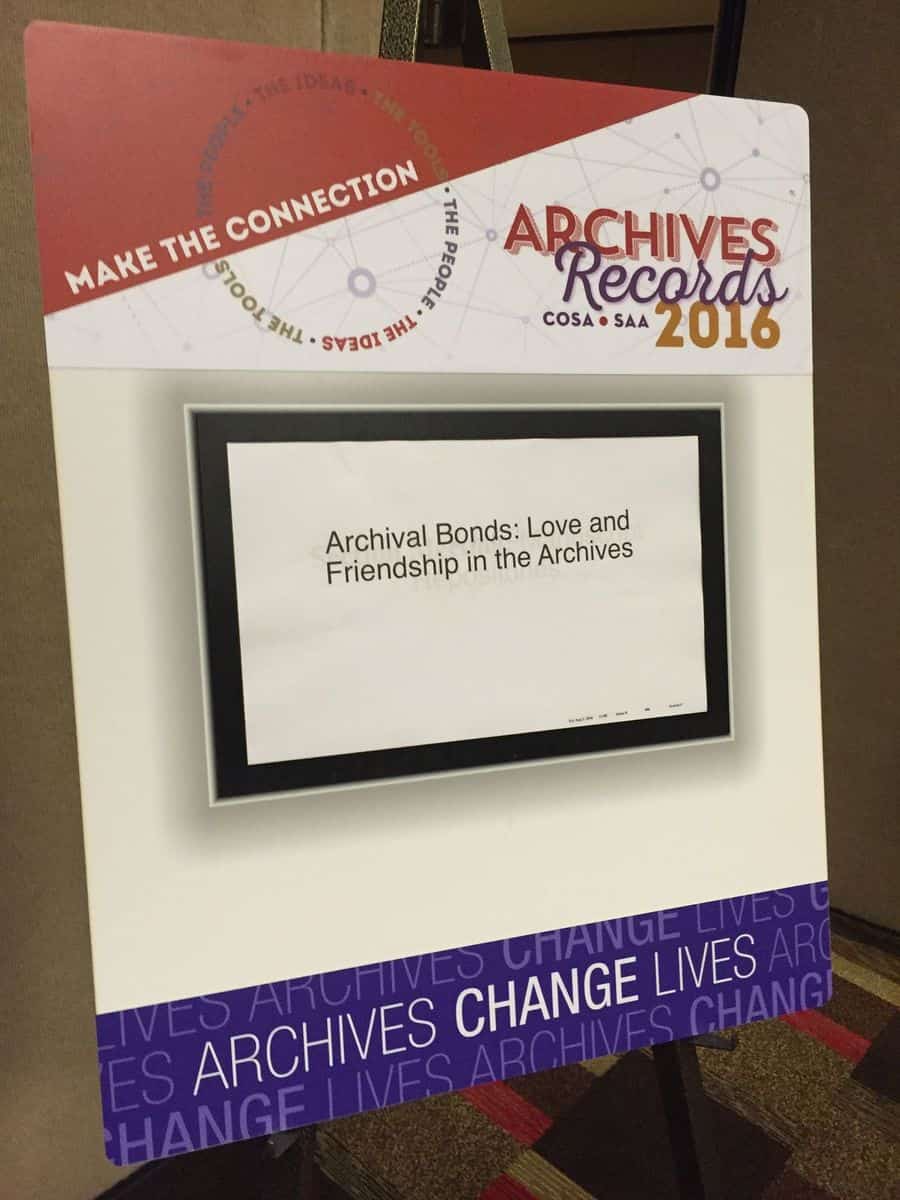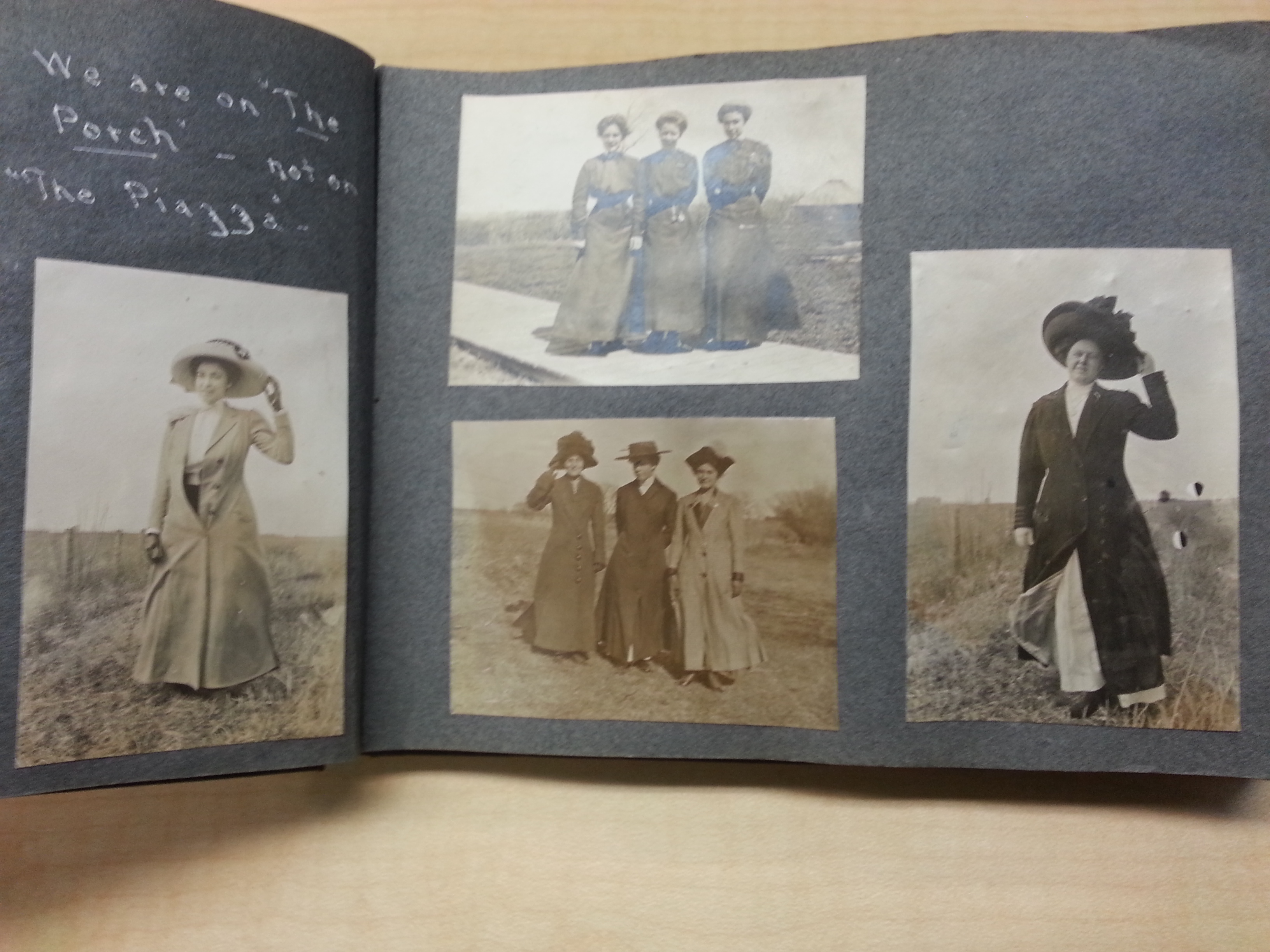He’s served as the University of Iowa’s institutional memory for the last 21 years, which includes writing the beloved Old Gold series. Now, University Archivist David McCartney is starting a new chapter. McCartney, who is retiring on March 1, has been dedicated to ensuring access to Iowa’s history and also highlighting voices that are underrepresentedContinue reading “University Archivist David McCartney is ready for the next chapter”
Tag Archives: david mccartney
It’s in the details: a closer look at Old Armory fire in an unlikely place
The following is written by University Archivist David McCartney In the early morning hours of Saturday, May 9, 1970, the building housing the Dept. of Rhetoric mysteriously caught fire and was declared a total loss. Although the cause of the blaze was never determined, many to this day believe it was the work of arsonists.Continue reading “It’s in the details: a closer look at Old Armory fire in an unlikely place”
Ellen Day Hale Paints Her Way into UI History
Through some great research, our University Archivist David McCartney discovers some of the “unknown” facts that are part of new UI Presidential Portrait Gallery in the Main Library, as he explains below. When the UI Presidential Portrait Gallery was formally dedicated late last year, staff in Special Collections responsible for this display knew that thereContinue reading “Ellen Day Hale Paints Her Way into UI History”
From University Archivist David McCartney: Top 10 historical things at the UI
In honor of Homecoming week here at the University of Iowa, we asked our University Archivist David McCartney to pick the top ten favorite historical things here at the University. The items are in no particular order. 10. The Birthplace of Prime-time TV. Sure, Westinghouse, General Electric, AT&T and other labs were testing television inContinue reading “From University Archivist David McCartney: Top 10 historical things at the UI”
2017 Year in Review for Special Collections
Left: Manuscripts class with fifth grade students. Right: Center for the Book class. Photos: Final tote bag pile, Colleen Theisen and Rebecca Romney speaking at Prairie Lights, Janet Weaver speaking about Mujeres Latinas at Hancher, the Instagram meetup, and a crowd scene from the final plenary session. NBC Nightly News filmed a segment about theContinue reading “2017 Year in Review for Special Collections”
50 Years Ago Today; A Campus in Conflict
By David McCartney, University Archivist Tuesday, December 5, marks the 50-year anniversary of what was to that date the largest anti-war protest on the UI campus. Over 200 demonstrators gathered outside the Iowa Memorial to protest the presence of Dow Chemical representatives who were on campus to interview prospective employees. There were 18 arrests andContinue reading “50 Years Ago Today; A Campus in Conflict”
University Archivist presents on “Documenting Activism: How the Digital Humanities Can Uncover the History of Protest”
University Archivist David McCartney presented on “Documenting Activism: How the Digital Humanities Can Uncover the History of Protest” at the American Association of University Professors national conference meeting in Washington, D.C., on June 16. McCartney, who curated the online exhibit “Uptight and Laid-back: Iowa City in the 1960s,” launched in 2016, described how the webContinue reading “University Archivist presents on “Documenting Activism: How the Digital Humanities Can Uncover the History of Protest””
Historically Yours Podcast Episode 5 – James Thurber Letter
The fifth episode of Historically Yours is here and this time we’re joined by University Archivist David McCartney. For this episode, David McCartney tells a poignant tale of letter writing past and present and then reads us a letter from James Thurber from his time at the New Yorker in 1935. Know anythingContinue reading “Historically Yours Podcast Episode 5 – James Thurber Letter”
Special Collections & Archives staff present at the Society of American Archivists Conference
Last week, several members of Special Collections attended the Society of American Archivists (SAA) in Atlanta, Georgia. Two of our staff made professional contributions having a poster and a presentation competitively selected. Instruction Librarian Amy Chen exhibited her poster on “Twentieth Century Literary Collection Acquisition Patterns.” This poster is the result of her research on theContinue reading “Special Collections & Archives staff present at the Society of American Archivists Conference”
Special Collections Weekly Update 1/29/2016
Upcoming Events: Iowa Bibliophiles Wednesday, February 10th at 7PM in the Special Collections Reading Room. Heather Wacha will be talking about a single Medieval manuscript leaf from Special Collections, Msc 542 xMMs.Pr1 and her process identifying it. She will present her findings about this text in the 13th century manuscript edition, 16th century early printed editions, asContinue reading “Special Collections Weekly Update 1/29/2016”
